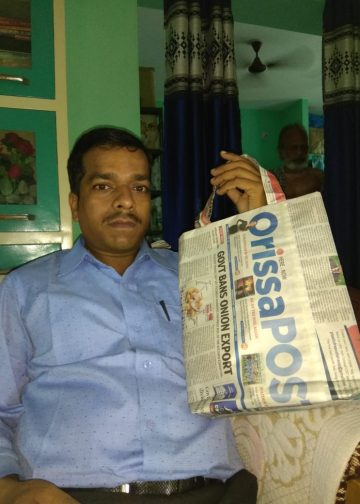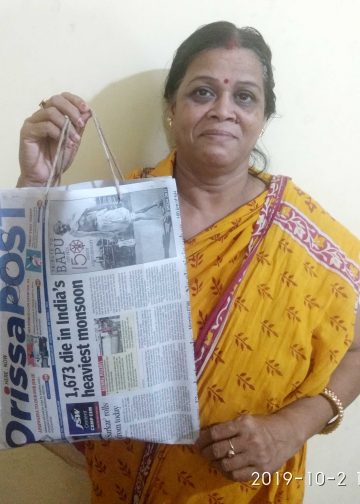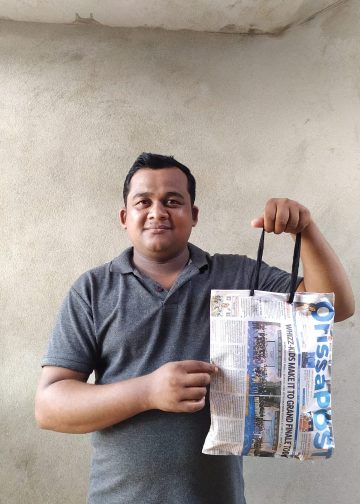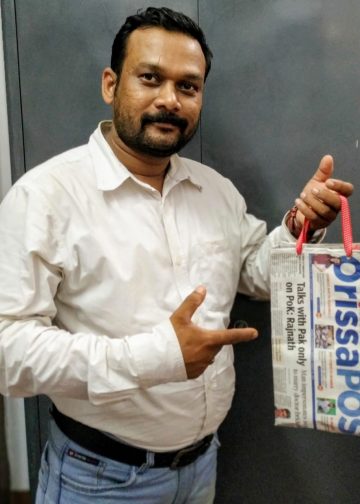Post News Network
Cuttack: Several rivers in the state are fast turning toxic threatening the life force on earth even as a survey conducted by the National Rural Drinking Water Programme (NRDWP) has blamed industrialisation and lack of water management.
Samples were collected from water sources in residential areas in all the 30 districts in the state. The report said a majority of water sources including groundwater has become contaminated.
Meanwhile, the rural water supply and sanitation (RWSS) department engineers have stated that it has become impossible to obtain safe drinking water from 11 major rivers and lakes like Chilika and Ansupa.
Cuttack RWSS assistant executive engineer Fakir Mohan Sahu said, “Water in various rivers has turned toxic as heavy metals like iron, manganese, lead, nickel and cadmium are dumped into the river. Water in such rivers has already non-organic substance like sodium, potassium, calcium and magnesium.”
Several surveys have revealed that fluoride content in water sources at Deragaon, Jutiki, Behal and other places under Begunia block of Khurda district and places in Nuapada district has exceeded 0.15 mg per litre. Consequently, people residing in the riparian areas get afflicted by fluorosis.
Since per capita water use in urban areas stands at 335 litres per day, rapid urbanisation helps release of huge amount of water into rivers and nullahs thereby polluting them. This causes spread of jaundice, Hepatitis A and E like diseases. It also causes typhoid, cholera, gastric, stomach ulcer and other diseases, said a survey.
Another survey conducted by the Indian Council of Medical Research (ICMR) found presence of heavy metals in water sources of Badamba-Narsinghpur in Cuttack, Dharmagarh in Kalahandi, Manomunda in Bolangir, Kolabira in Jharsuguda and some areas in Angul district.
SCB Medical College and Hospital head of nephrology department Chittaranjan Kar said, “Presence of heavy metals like lead and cadmium is causing kidney-related ailments. Fluoride content in water causes water-borne diseases.”
Lack of proper lab facilities in the state to assess the quality of water and ascertain presence of heavy metals therein has become a concern. Although there are 32 district, 46 sub-divisional and a state-level laboratories under the water resources department, these facilities woefully lack requisite infrastructure.
Currently, the state has to depend on Institute of Minerals and Material Technology (IIMT) at the Centre to test the water quality. The state government spends at least `2,000 to test of a litre of water sample. So, pendency of cases of water quality tests keeps rising. For example: more than 100 water samples collected from Badamba region have been pending for test.
Former dean of Orissa University of Agriculture and Technology (OUAT) Sanjay Samantray said, “Rampant use of pesticides and chemical fertilizers coupled with industrialisation has largely been responsible for water pollution.”
The survey report said release of bio-carbonates and other heavy metals from paper mills are major pollutants of river water.
Experts opine that industrial units at Angul, Talcher, Sambalpur, Jharsuguda and Damanjodi are potential polluters of several water resources. Iron, copper, zinc and manganese being released from sugar mills add to water pollution, the experts maintained.






































